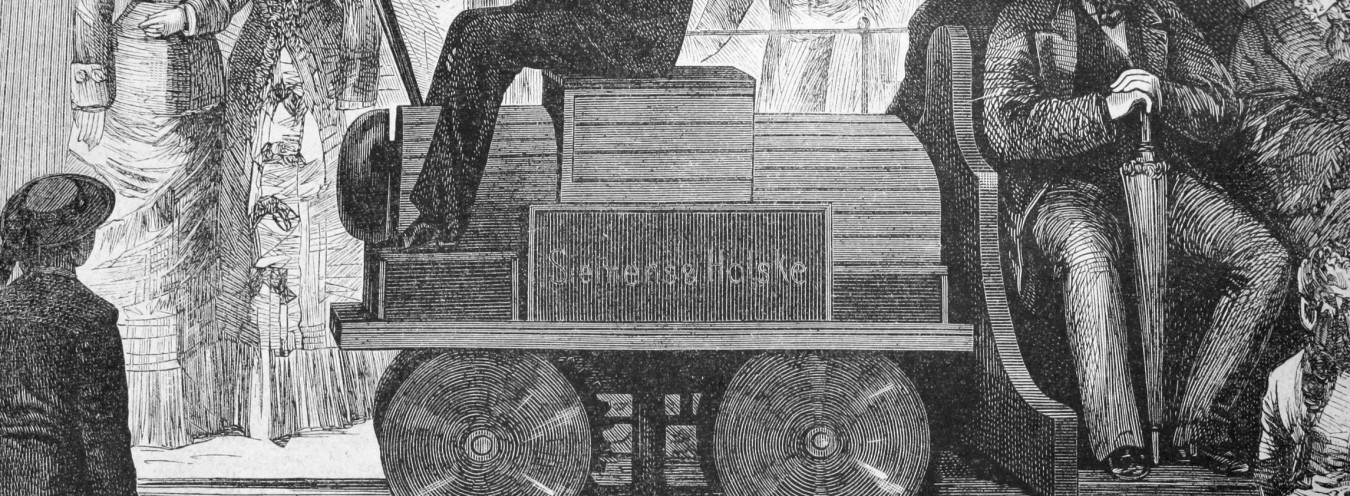
Public transport
There were smart droshkies serving gilded youths, ordinary droshkies hired by the hour by retired persons; old carriages, old horses, old equipment and servants in worn livery; and new little barouches direct from Vienna, whose footmen had flowers in their button-holes and whose drivers laid their whips across their thighs like marshals’ batons. (96)
The droshkies (Polish dorożka) – light carriages for hire, transporting up to four persons, drawn first by one, then by many horses – were the chief means of transport in nineteenth century Warsaw. All droshkies were marked with a number on the outside of the carriage. There were several droshky stands in Warsaw, and in the 1870s, there were over three thousand of those carriages in town. This was an elegant way of travelling across town, but cheaper, more modern vehicles were the popular choice – since 1866 there were horse-drawn trams on rails, called in Polish ropuchy (toads), and omnibuses. The omnibuses were covered carriages, and they resembled trams, but they mainly moved on the road not on rails. Their regular routes in Warsaw included the distance between Bankowy Square and the intersection of Aleje Jerozolimskie and Marszałkowska.
In 1865, the Main Russian Railway Company was given a special remit to open and run a network of rail horse-drawn iron omnibuses which would transport goods and passengers between railway stations. In 1881, the trams were modernised, and the old omnibuses, deemed impractical and too infrequent, were withdrawn from service. Two new routes were opened in the first year of the remit; after twenty years, there were as many as seventeen routes.
Stanisław Wokulski buys an expensive carriage to gain Izabela Łęcka’s respect; in Paris, he hires an open top carriage for sightseeing. The journey from the station to Zasławek is also covered by a carriage – the guests would use a leisure model, elegant, and comfortable, with a folding hood and a platform for the groom.



